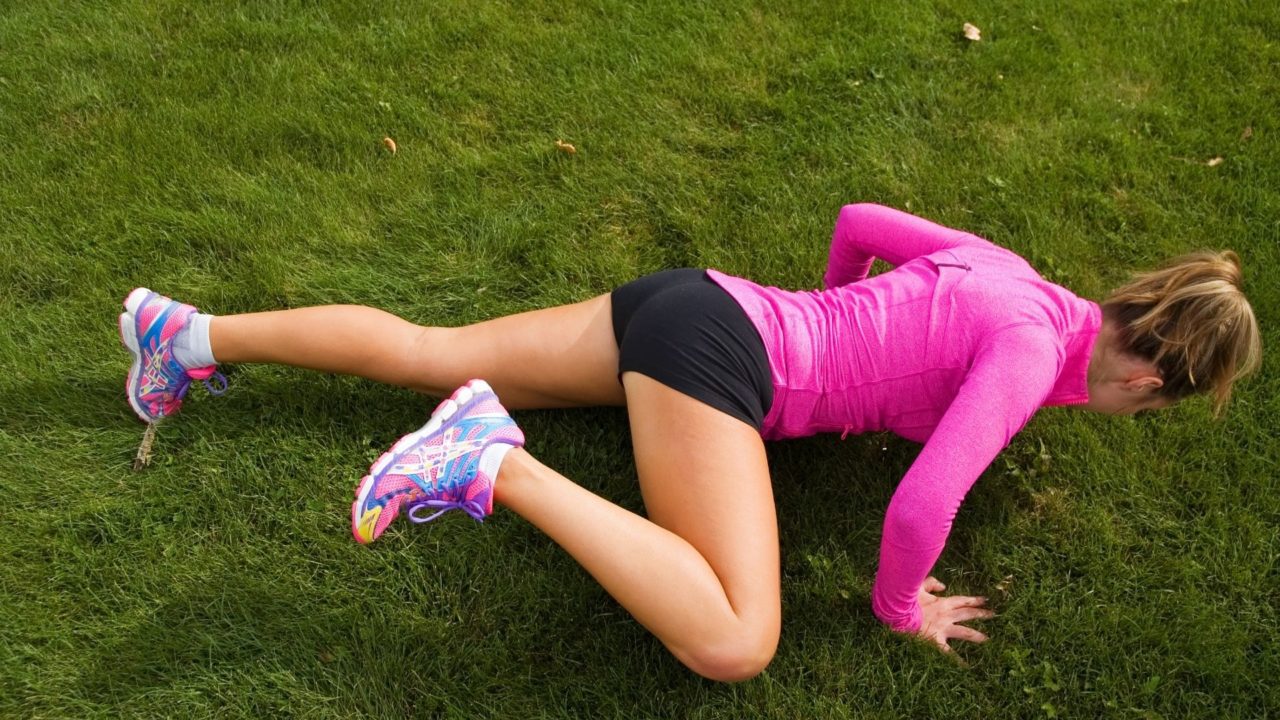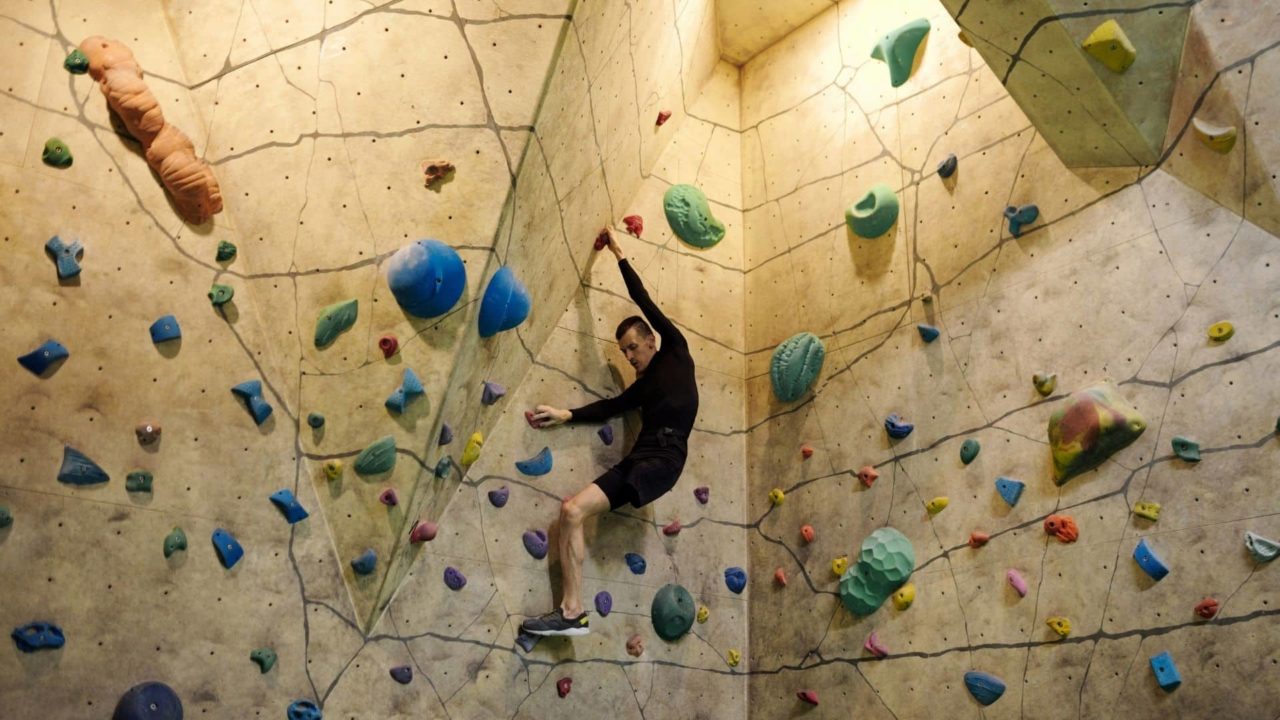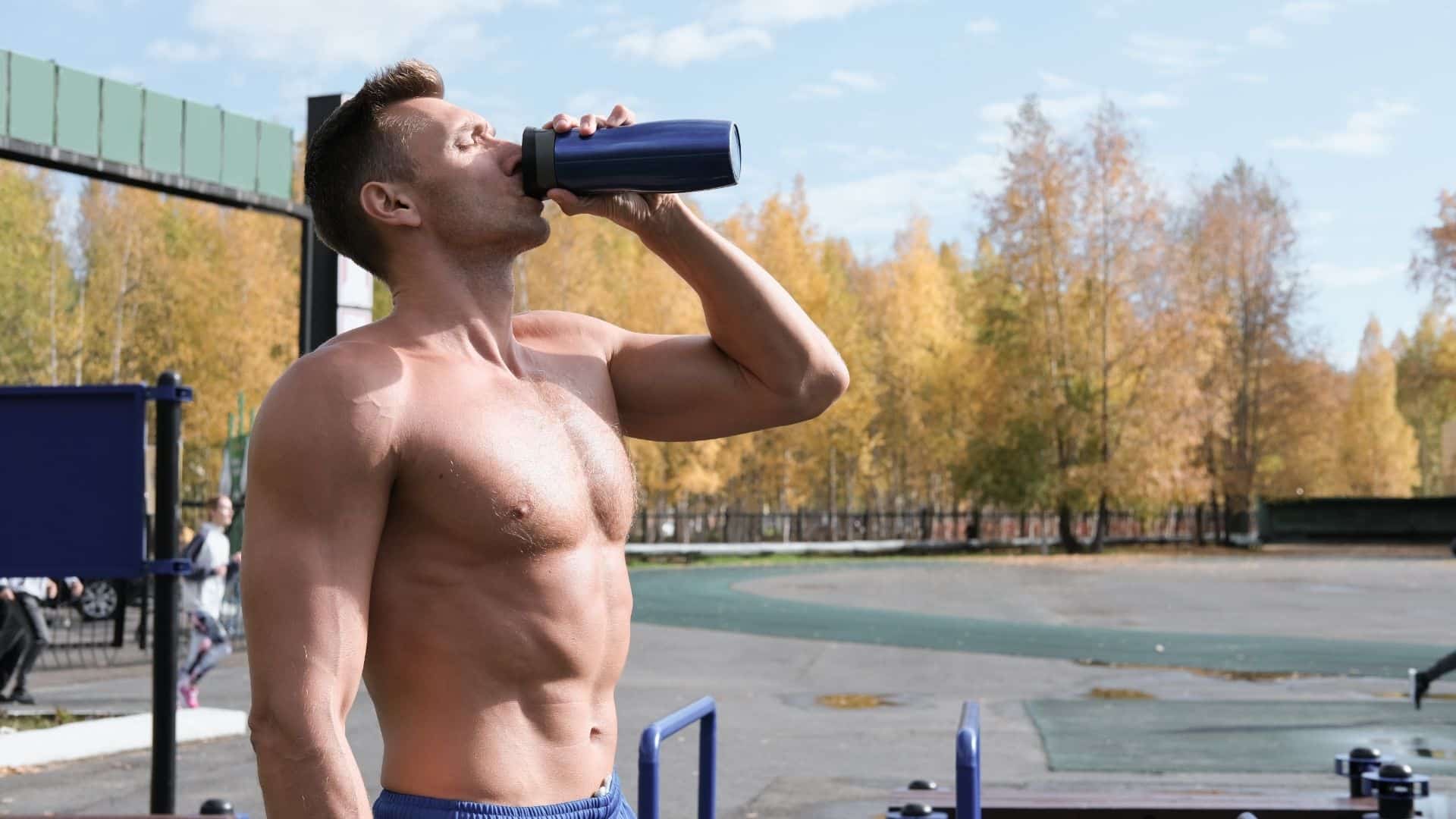Adding an active recovery WOD to your training routine can seriously help with your fitness gains.
Active recovery workouts, also called passive recovery or active rest days, are light sessions designed to stimulate blood flow to muscles.
They help improve mobility and help burn additional calories, which can be good if you’re trying to lose weight. All with the benefit of not overdoing it and taking away from your normal CrossFit workout program.
This article will teach you an easy active recovery workout for CrossFit you can do to get your body and mind back in the game for tomorrow.
Related: CrossFit Strength Training Program And Workouts
What’s In This Guide?
Why is Active Recovery so Important for CrossFit Athletes
How to Follow
Active recovery WOD for CrossFit:
- 20 minute AMRAP (performed at 7/10 intensity RPE*):
- 200m run
- 15 spiderman pushups
- 250m row
- 15 air squats
- 100 single unders
- 15 back extensions
*Your heart rate should stay under 150BPM and you should be able to pass the “talk test” (being able to have a conversation because you’re not so out of breath) during this WOD.
Read Also: Hypervolt vs Theragun – Which percussion massage gun is right for you?

Correct Form
As with any CrossFit workout, good technique is always paramount to the workout being a success.
When performing CrossFit active recovery WODs, be sure to perform all the exercises with perfect form and full range of motion.
Go parallel on all your squats, and round your back at the bottom of the back extensions to put tension on the hamstrings.
Related: CrossFit Warm Up Ideas and Routines to Prep for Training
Other Tips
Here are some other tips for following this CrossFit recovery WOD:
- Warm up first. Even though it’s a rest day, five minutes of light mobility drills before doing this WOD will help prevent injuries. It’s a best-practice for any CrossFit workout.
- Limit transitions. This is a good skill to practice in any AMRAP or EMOM-style workout. Set up your equipment and go through the workout mentally so that you reduce seconds or even milliseconds in between exercises. This time adds up!
- Use lightweights, if any at all. Swap out the barbell for dumbbells or a kettlebell, or just stick with bodyweight movements.
- You can sub out exercises if you want. Stick with a push/squat/pull theme as the workout above is structured. Try to avoid jumping exercises or anything plyometric like cleans/snatches.
If you’re an advanced CrossFitter, feel free to scale this workout up to 25 or 30 minutes.
Related: How to Build Your Own CrossFit Home Gym once you have Mastered the CrossFit Box

Why is Active Recovery so Important for CrossFit Athletes
Active recovery offers both a physical and mental reprieve from normal training.
Full rest days are good for reducing soreness and repairing muscles that have been broken down during your workouts. But active recovery helps promote blood flow which increases how fast you recover.
Plus, if you’ve ever been insanely sore before, you know that some light movement can do wonders for making your body feel better.
Finally, if you’re in the middle of training for something or really just like keeping your workout habit momentum up, active recovery is a good way to get in the gym and sweat without risking overtraining.
Here are some other beneficial activities you can plan for your rest days.
Read Also: CrossFit Hotel Workouts: Don’t let travel derail your training with these WODs
Cross Training
Cross training means mixing it up. So on top of your normal training, ask yourself what you’ve been neglecting recently and try doing a little bit of that. Or, just make your rest day about having fun.
Mountain biking, swimming and playing recreational sports are all examples of cross training.

Supplements
Supplements can also help promote recovery and reduce soreness. Some of the most popular supplements CrossFitters take on a regular basis include:
- Whey protein. To spike recovery. Probably the most popular post-workout supplement.
- Fish oil. To reduce inflammation and improve overall health.
- BCAAs. To promote muscle recovery and replace lost amino acids.
Related: The Best BCAA Supplements for Men to Aid Muscle Growth & Recovery

Recovery Tools
Finally, some CrossFit athletes swear by recovery day tools on their day off. Good options for your active recovery workout include:
- Myofascial release tools. A self-massage tool like a foam roller, tennis ball, massage gun, lacrosse ball, etc are all good for loosening up muscles.
- E-stim therapy. A great way to promote blood flow and muscle recovery without elevating the heart rate.
- Cupping. Promotes relaxation, blood flow and muscle recovery as well.
As the world of athlete active recovery exercise develops, more tools are sure to emerge that can help optimize your CrossFit programming.
Read Also: Foam Rolling vs Stretching – Know when to use each method
For more ideas on implementing an active recovery day to your CrossFit programming, check out our WODs section.

